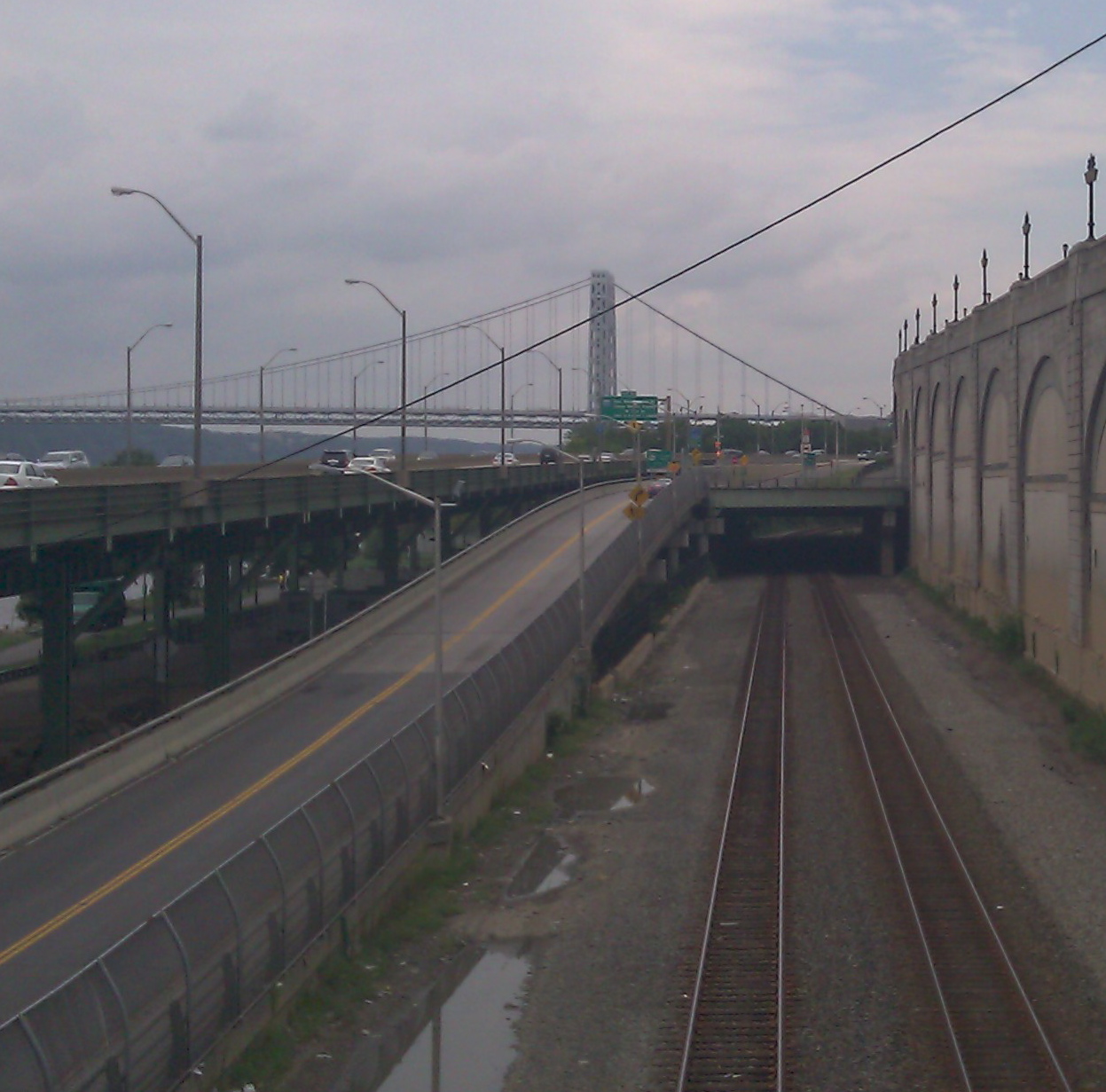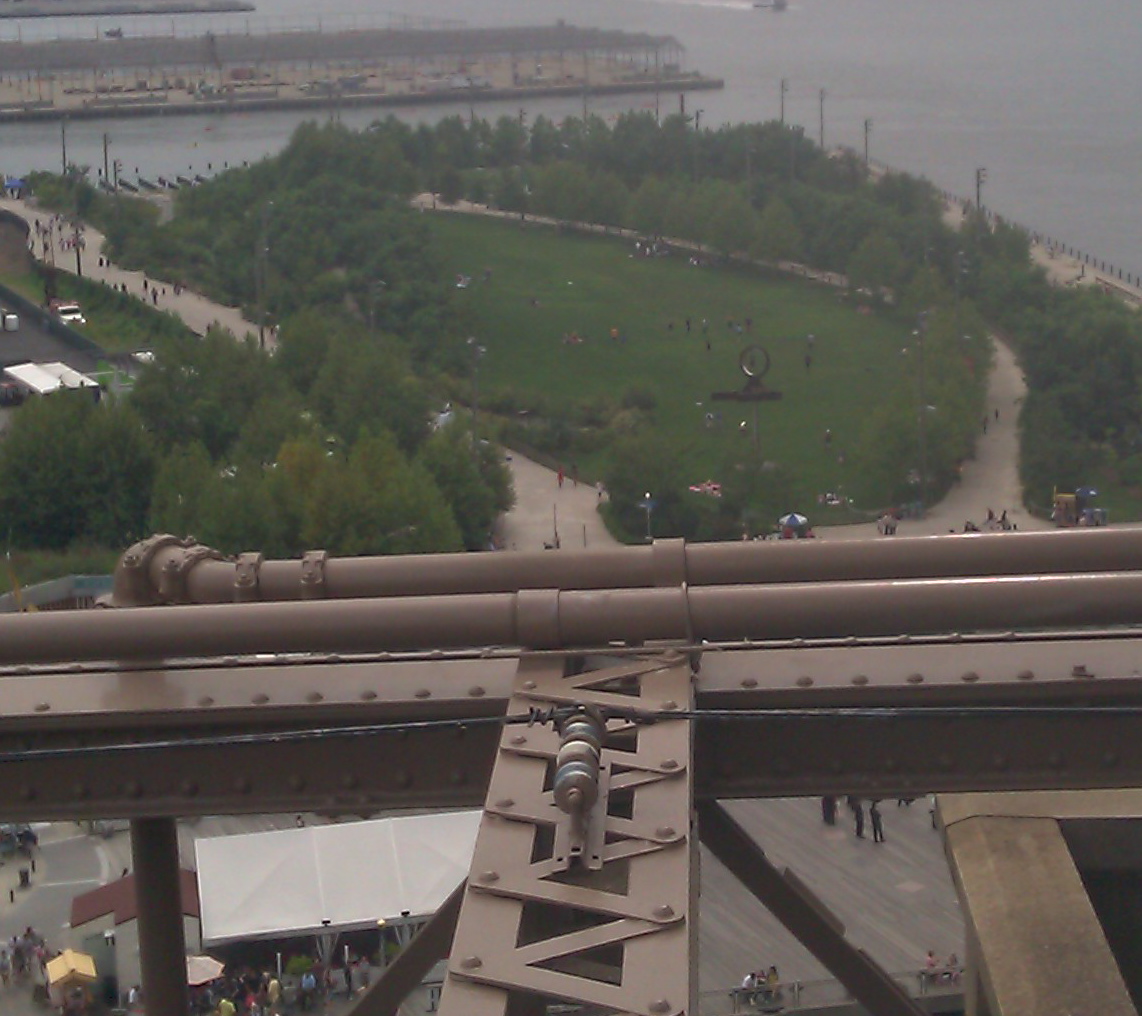Cities have historically regarded parcels of land along geographic and political boundaries as undesirable areas where dirty "essential industries" and transportation corridors could be setup. Nobody ever expected to access a river or lake for recreation or leisure. Separating the waterfront in this way is in many ways akin to building a giant border fence: the real and psychological barriers keep people away from the water.



It's still fairly easy to build something along a city line because far fewer people are affected and the political constituencies are divided -- nobody lives in the river, and none of your constituents live across the city line. That's way many cities still have railroads and highways along the waterfront: big cities like Boston, New York, Philadelphia and Chicago are basically ringed with highways.
Slowly but surely, starting over the past few decades, cities of all sizes are reclaiming their waterfront by building parks and paths.
This trend will accelerate because people are noticing and enjoying waterfront parks and paths.


